World of dissent: Ai Weiwei's Royal Academy retrospective
The five years since Ai Weiwei unveiled his installation of porcelain Sunflower Seeds at Tate Modern have been truly momentous times for the Chinese artist. Not only was that the last time he had a passport and was free to travel to one of his own shows (he has had maybe 100 in the intervening period), but his world-famous name has barely been whispered in his own country since. Yet his homeland provides much of the impetus and thematic content for a major Royal Academy exhibition.
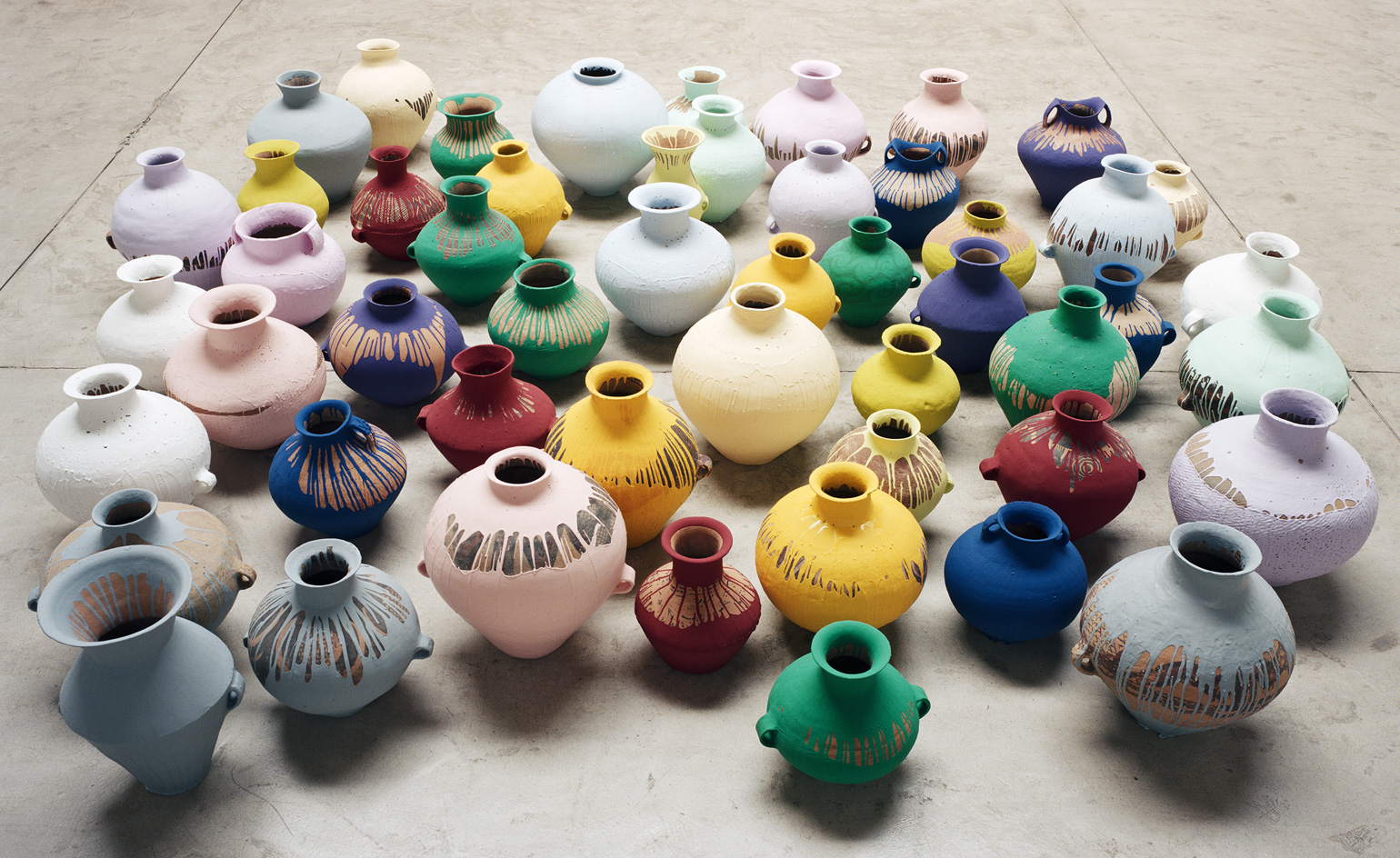
The five years since Ai Weiwei unveiled his installation of porcelain Sunflower Seeds at Tate Modern have been truly momentous and troubling times for the Chinese artist. Not only was that the last time he had a passport and was free to travel to one of his own shows (he has had maybe 100 in the intervening period), but his world-famous name has barely been whispered in his own country since. Yet his homeland provides much of the impetus and thematic content for a major Royal Academy exhibition, which begins with a forest of petrified tree parts from the mountainous south and a giant extruded map of China’s capacious borders, before leading visitors through the ruins of an ancient temple and past the remains of schools flattened by the devastating earthquake of 2008.
It is arguably this latter work, entitled Straight (2008–12) – a monumental wave of steel bars salvaged from the gnarled wreckages of the Sichuan earthquake, painstakingly hammered back to their original state by hand – which landed Ai Weiwei in an unmarked prison for 81 days of interrogation. Much of the accompanying citizen’s investigation that uncovered the names of 5,000 children who died because their schools were inadequately built is also on display here; again, as much a provocation as a work of art. Evidence of his secret incarceration is also on show in the dioramas of S.A.C.R.E.D (2012) – six boxes containing scenes describing the conditions he was put under (the title standing for 'Supper, Accusers, Cleansing, Ritual, Entropy and Doubt').
What elevates this show beyond the political, emotional or merely personal, however, is the artist’s meditations on normal life given a transformative, material twist – a child’s buggy stranded in a sea of marble grass, a sex toy carved from priceless jade, or a simple bicycle, conjoined with others to form a glamorous chandelier. Ai Weiwei is nothing if not contradictory: part destructive force – when smashing a Han dynasty pot, for example – and part keeper of traditional Chinese crafts and antiques, through his modified and mutated Ming furniture. Long may the dissent continue.
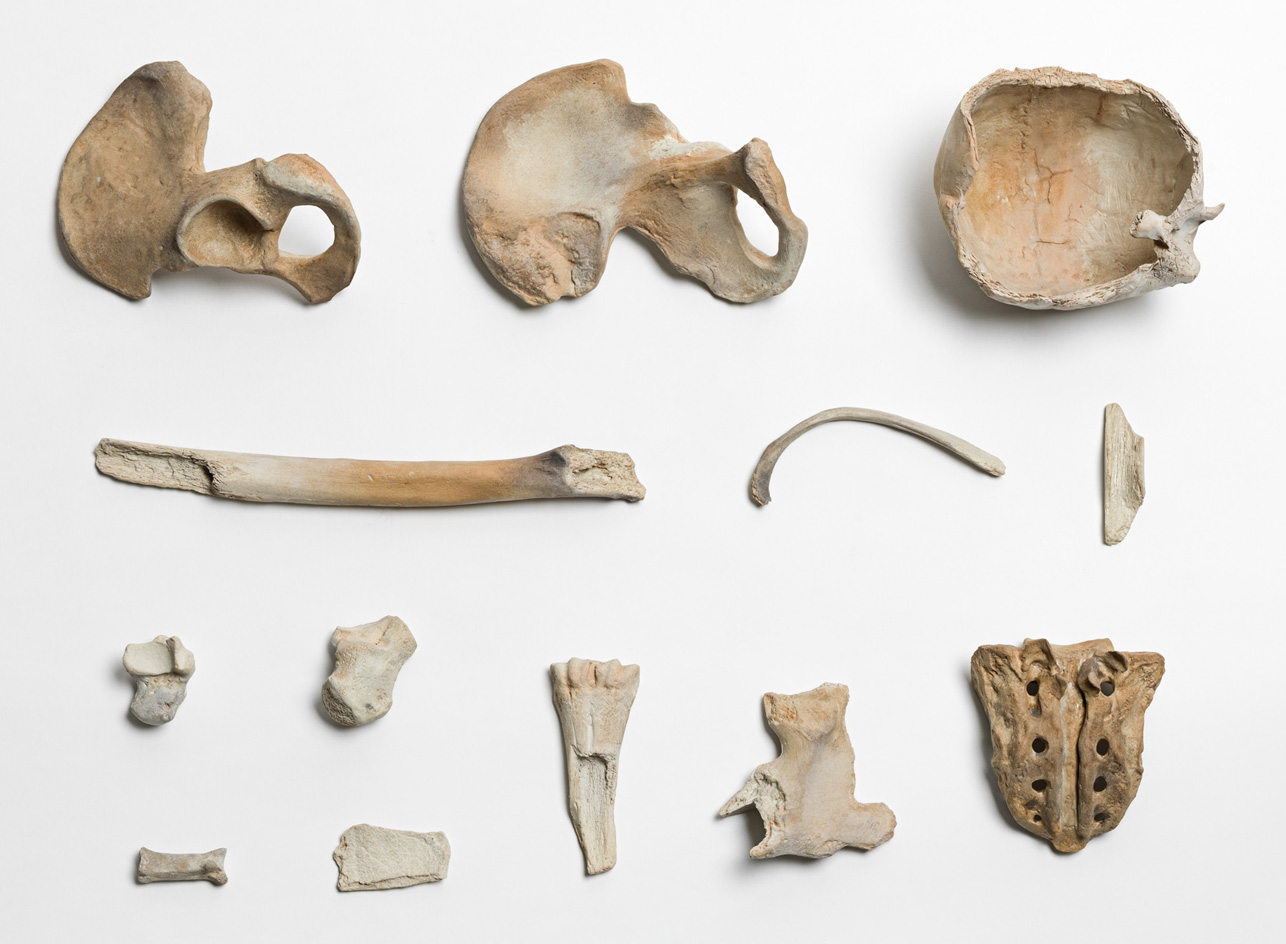
Weiwei's controversial art has seen him heavily censored and incarcerated in his home country, but this hasn't stopped him building a dense oeuvre of cerebral, politically charged work. Pictured: Remains, 2015
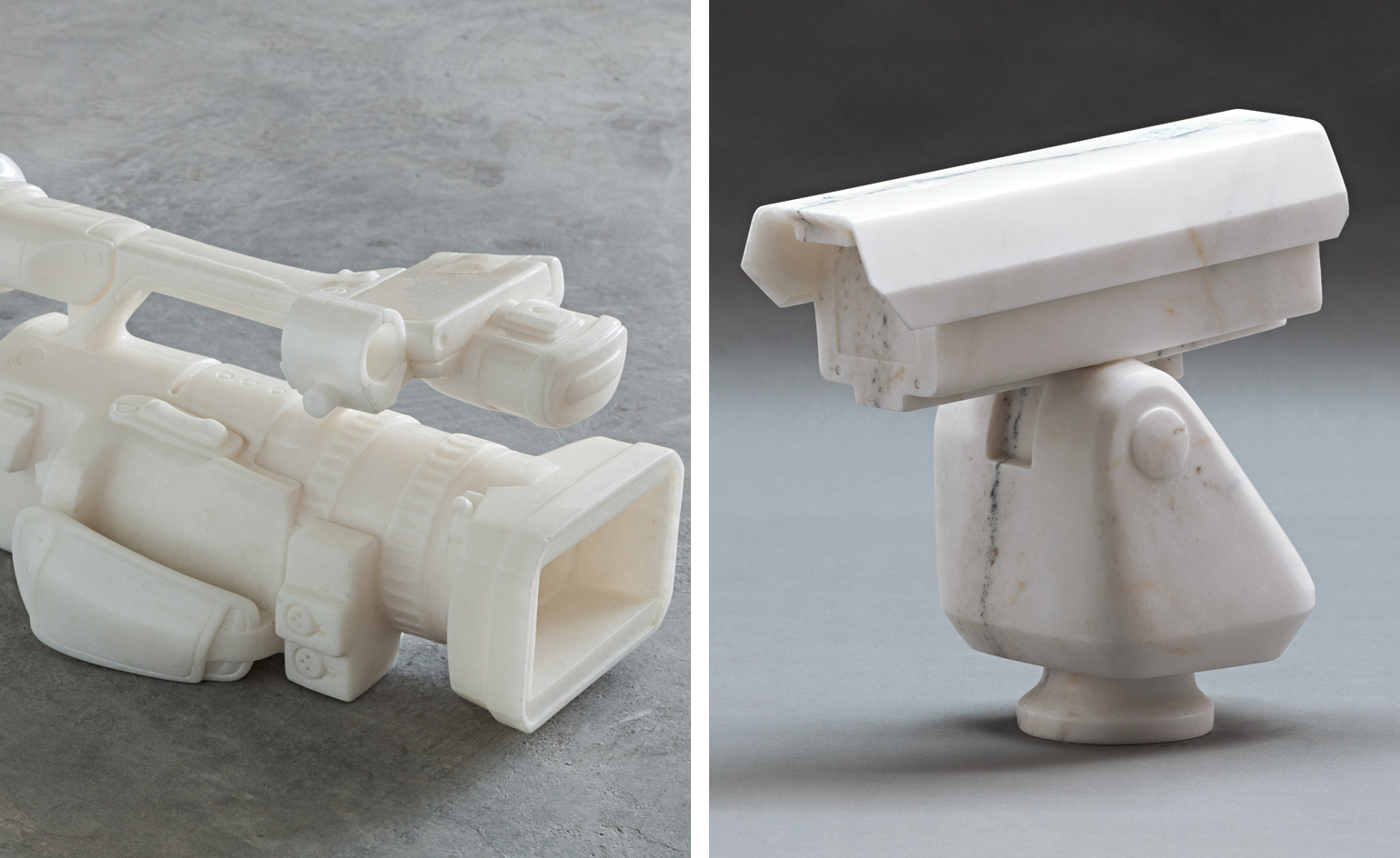
China remains remains a key source of inspiration for Weiwei's work; the marble sculpture Surveillance Camera, 2010 (right) is a replica of those placed outside his house by the government and a satire on the overbearing nature of the country's surveillance culture. Pictured left: Video Recorder, 2010
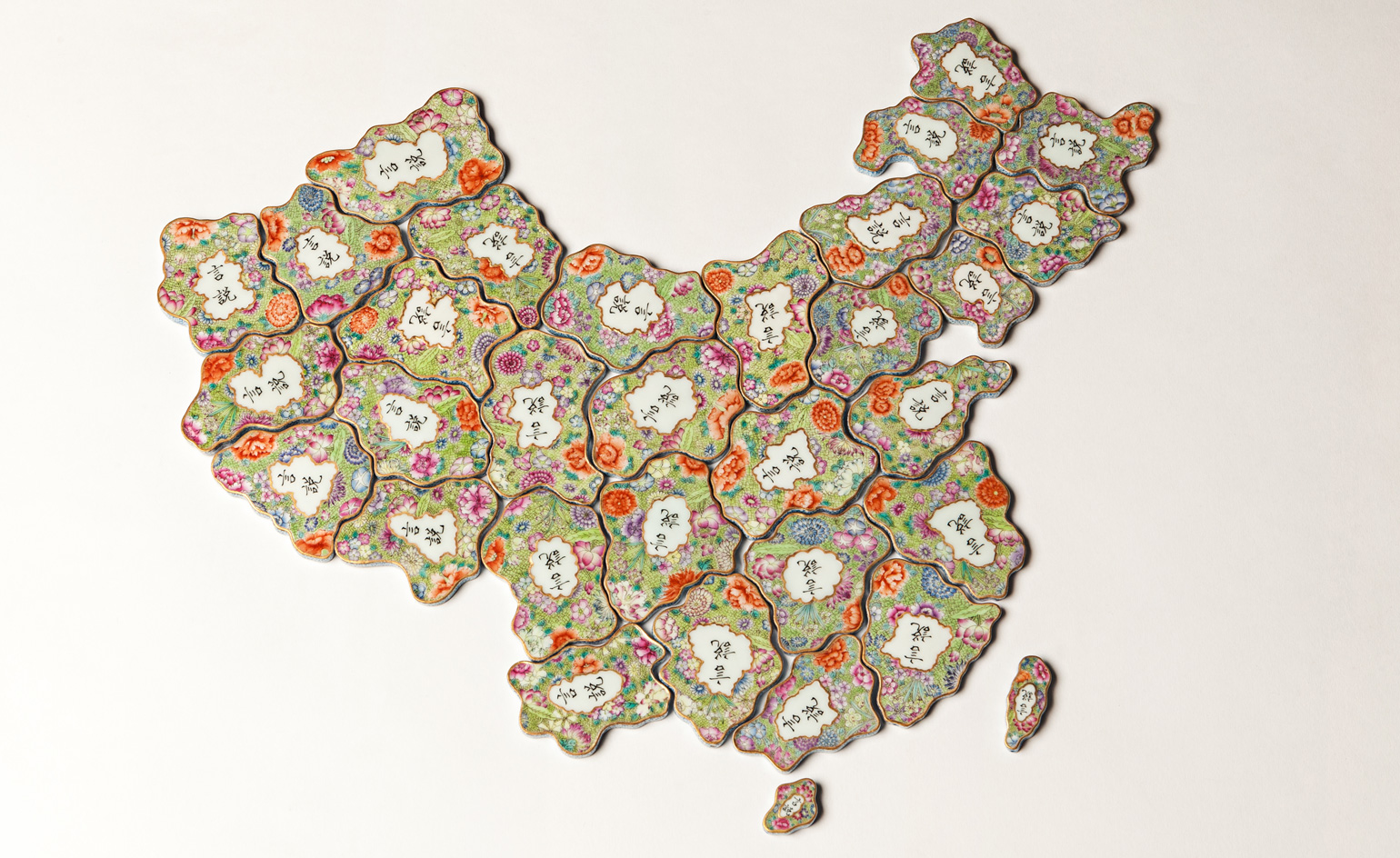
Free Speech Puzzle, 2014, is a hand-painted procelain puzzle, created in the Qing dynasty imperial fashion – an example of Weiwei's fusion of archaic Chinese craft with contempoary socio-politcal themes
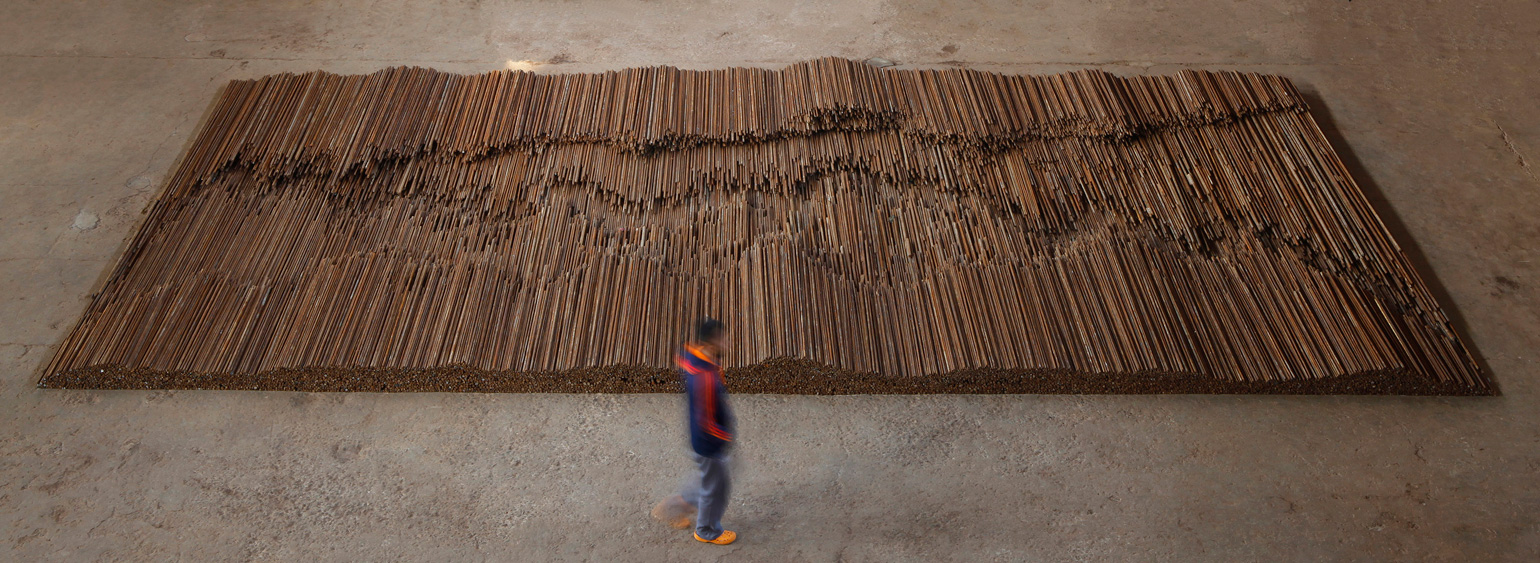
Straight, 2008–12, landed Weiwei in an unmarked prison for 81 days after he reconstructed, by hand, steel bars salvaged from the Sichuan earthquake in 2008 (a people's investigation found that over 5,000 children died becuase their schools were inadequately built)
INFORMATION
’Ai Weiwei’ is on view until 13 December
Photography courtesy of the artist
ADDRESS
Royal Academy
Burlington House
Piccadilly
London W1J 0BD
Wallpaper* Newsletter
Receive our daily digest of inspiration, escapism and design stories from around the world direct to your inbox.
-
 All-In is the Paris-based label making full-force fashion for main character dressing
All-In is the Paris-based label making full-force fashion for main character dressingPart of our monthly Uprising series, Wallpaper* meets Benjamin Barron and Bror August Vestbø of All-In, the LVMH Prize-nominated label which bases its collections on a riotous cast of characters – real and imagined
By Orla Brennan
-
 Maserati joins forces with Giorgetti for a turbo-charged relationship
Maserati joins forces with Giorgetti for a turbo-charged relationshipAnnouncing their marriage during Milan Design Week, the brands unveiled a collection, a car and a long term commitment
By Hugo Macdonald
-
 Through an innovative new training program, Poltrona Frau aims to safeguard Italian craft
Through an innovative new training program, Poltrona Frau aims to safeguard Italian craftThe heritage furniture manufacturer is training a new generation of leather artisans
By Cristina Kiran Piotti
-
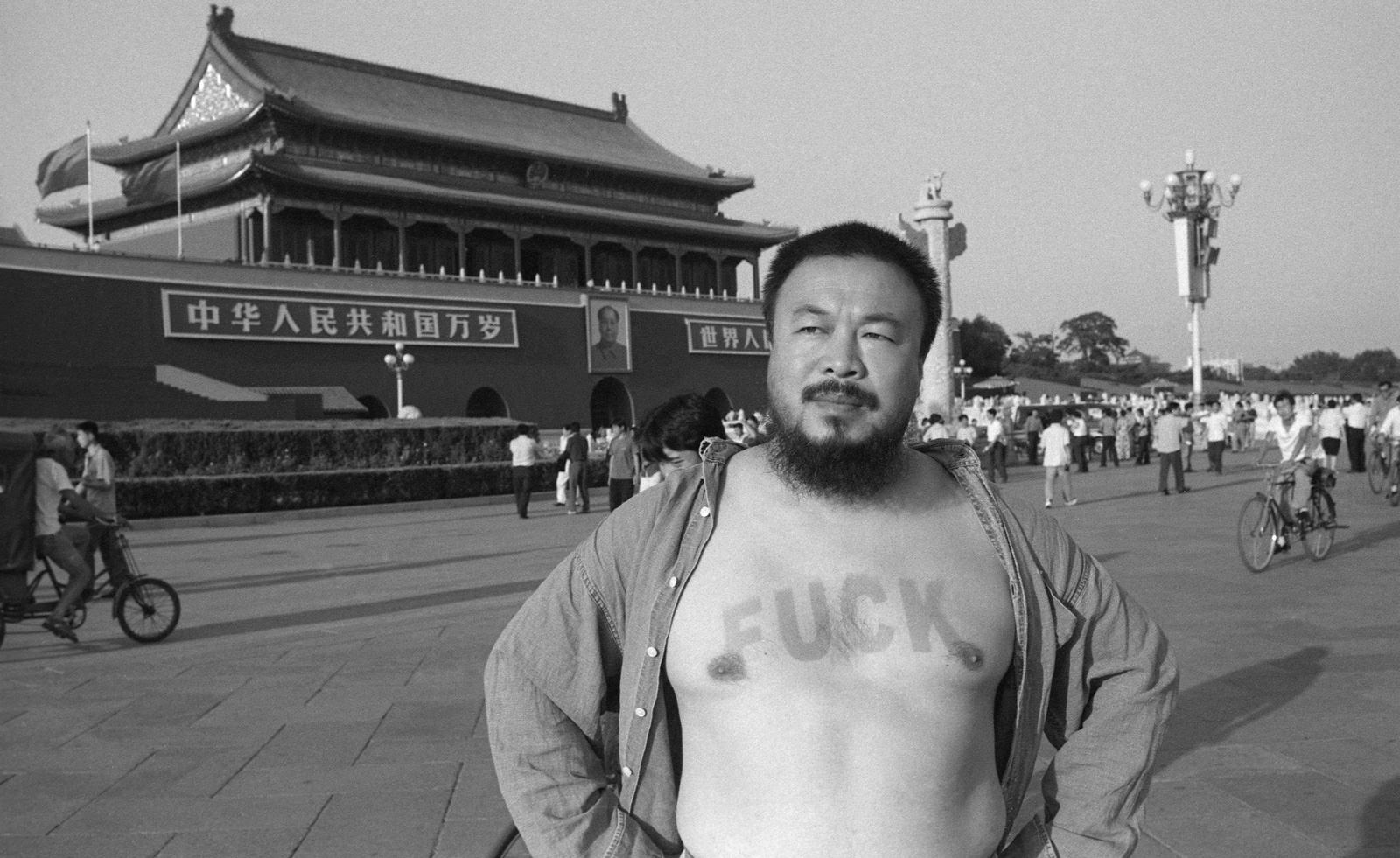 Ai Weiwei's major retrospective in Seattle is a timely and provocative exploration of human rights
Ai Weiwei's major retrospective in Seattle is a timely and provocative exploration of human rights'Ai, Rebel: The Art and Activism' of Ai Weiwei is on now at the Seattle Art Museum
By Hadani Ditmars
-
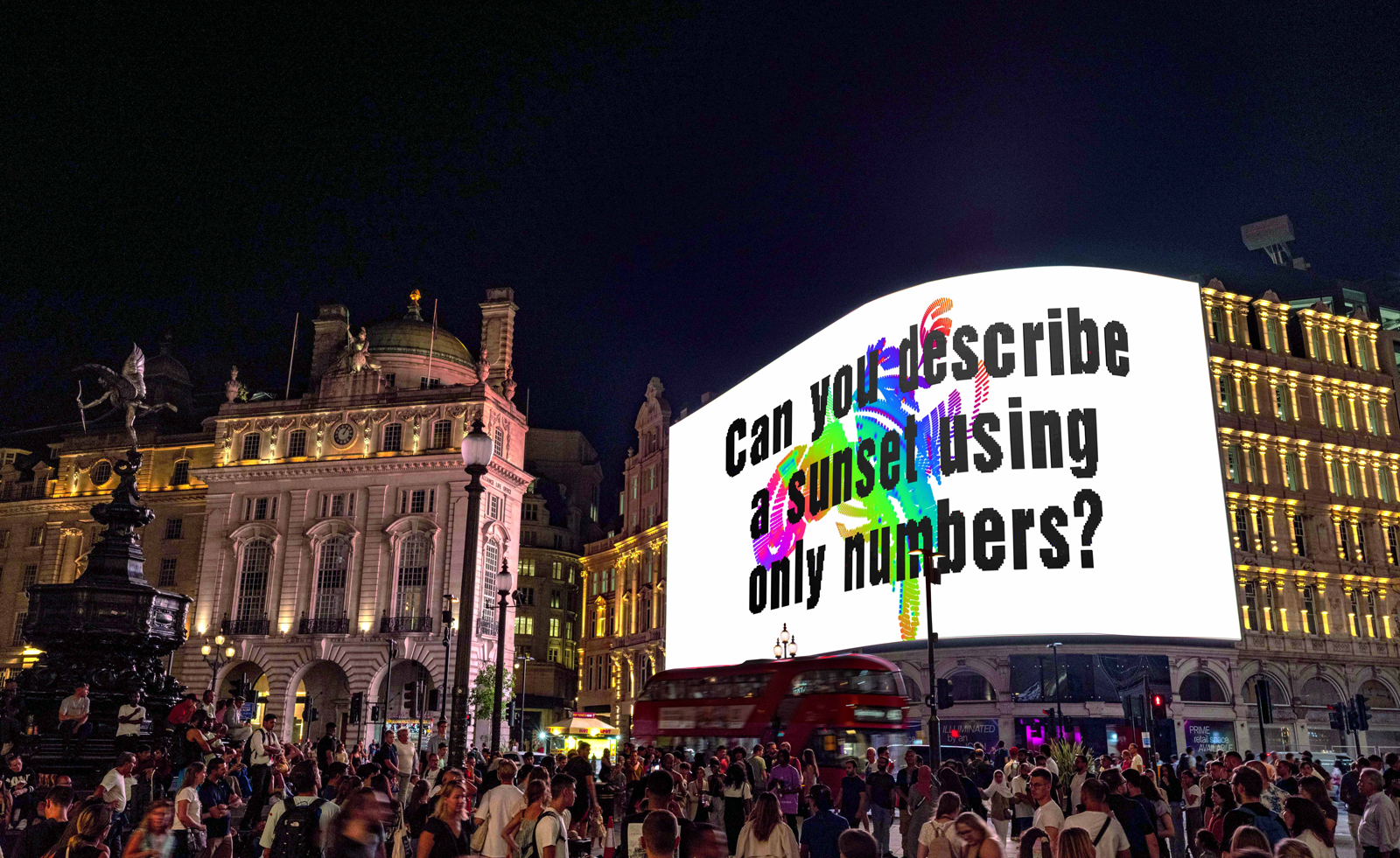 Ai vs AI: Ai Weiwei asks the big questions nightly in central London
Ai vs AI: Ai Weiwei asks the big questions nightly in central LondonAi Weiwei and Circa consider the role of the question in Piccadilly Circus, London
By Hannah Silver
-
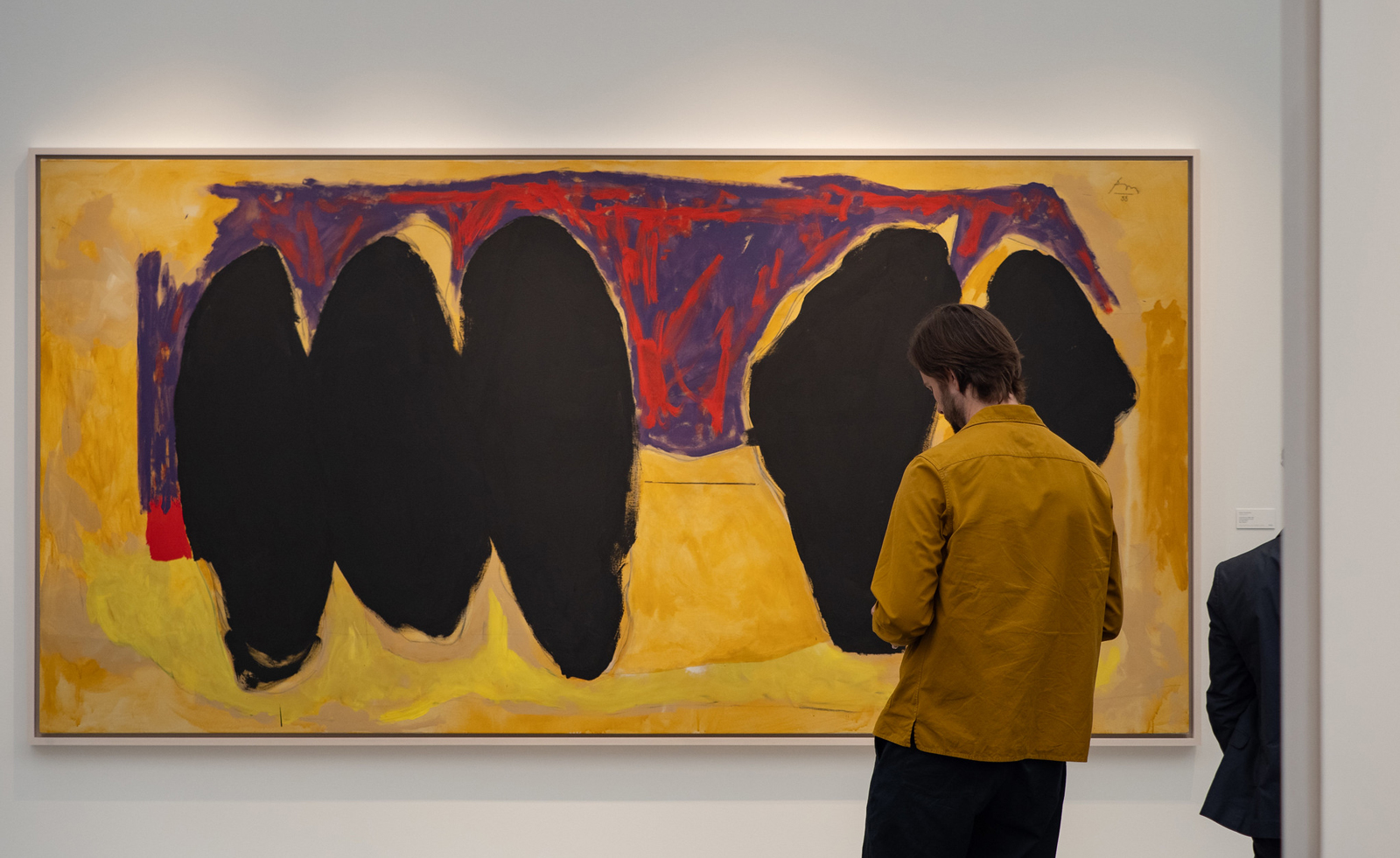 Frieze London 2023: what to see and do
Frieze London 2023: what to see and doEverything you want to see at Frieze London 2023 and around the city in our frequently updated guide
By Hannah Silver
-
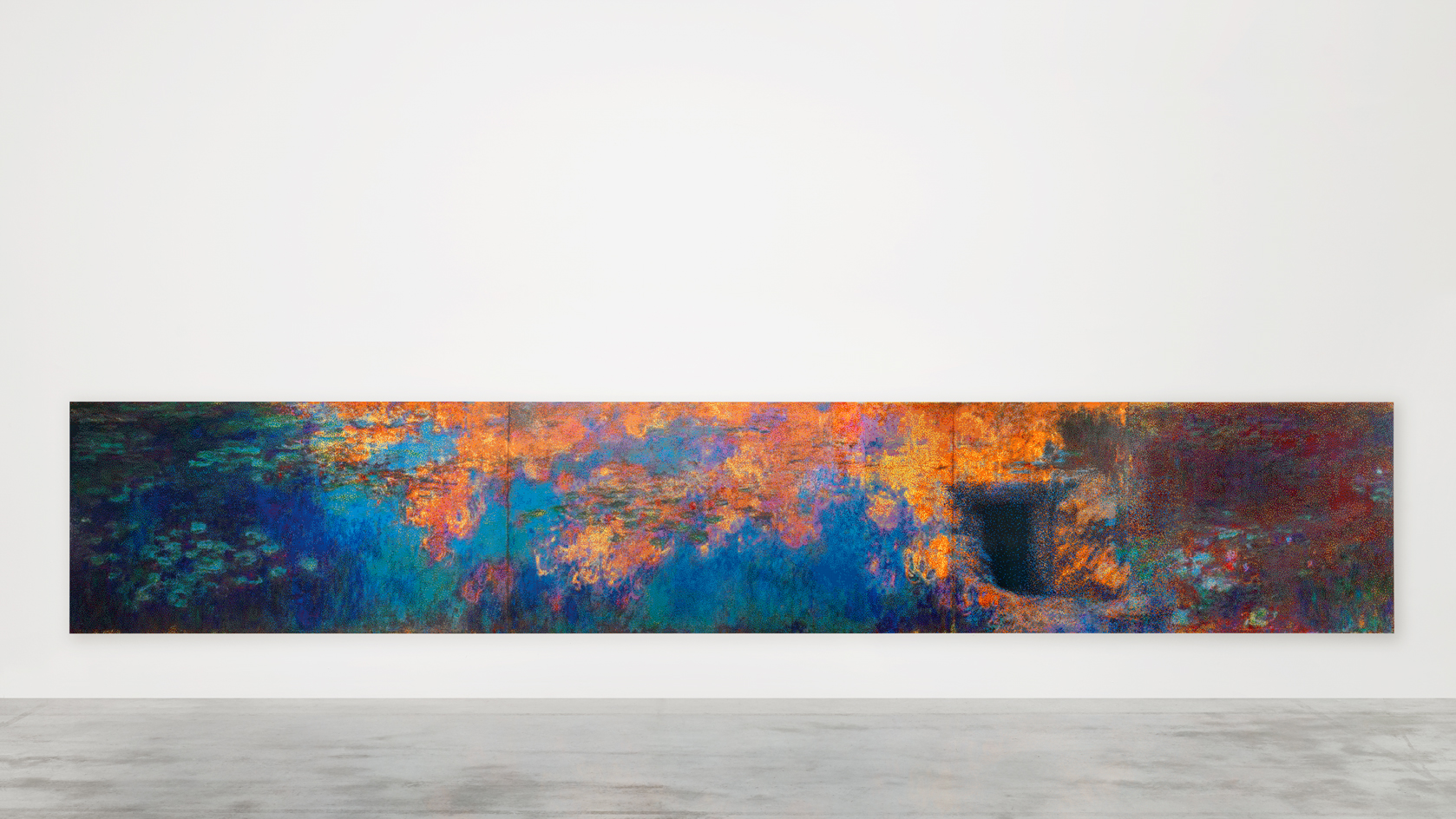 Ai Weiwei's largest-ever Lego artwork revealed at London’s Design Museum
Ai Weiwei's largest-ever Lego artwork revealed at London’s Design MuseumAt London’s Design Museum, Ai Weiwei has unveiled Water Lilies #1, a new Lego recreation of Claude Monet’s iconic painting. We explore the vast new work ahead of the Chinese artist’s major show at the museum until 30 July
By Harriet Lloyd-Smith
-
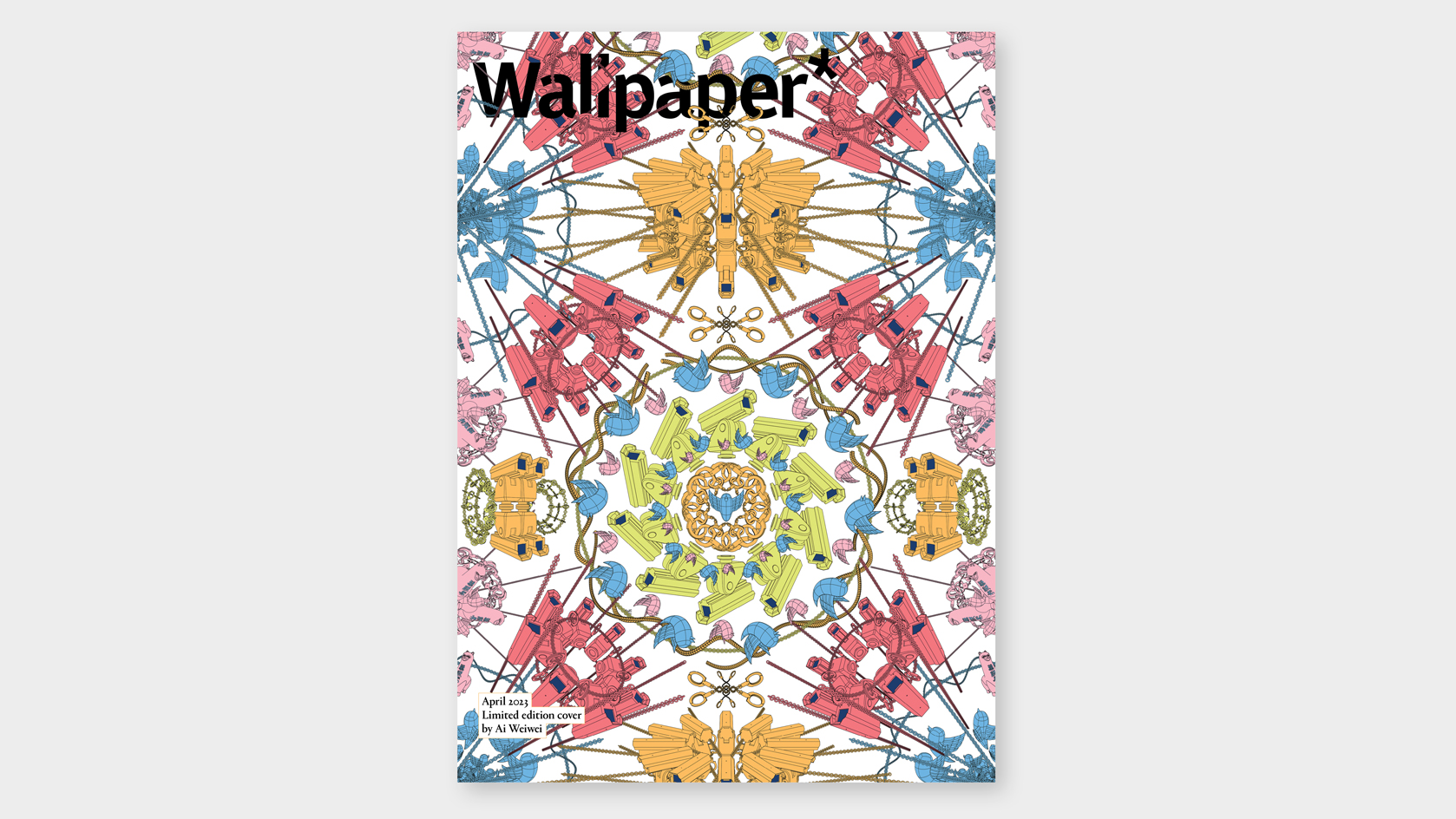 Ai Weiwei’s limited-edition cover for Wallpaper* explores surveillance, free speech, and humour as activism
Ai Weiwei’s limited-edition cover for Wallpaper* explores surveillance, free speech, and humour as activismAi Weiwei takes over the limited-edition cover of the April 2023 issue of Wallpaper*. Ahead of the artist's major Design Museum show on 7 April, we explore the story behind the cover
By TF Chan
-
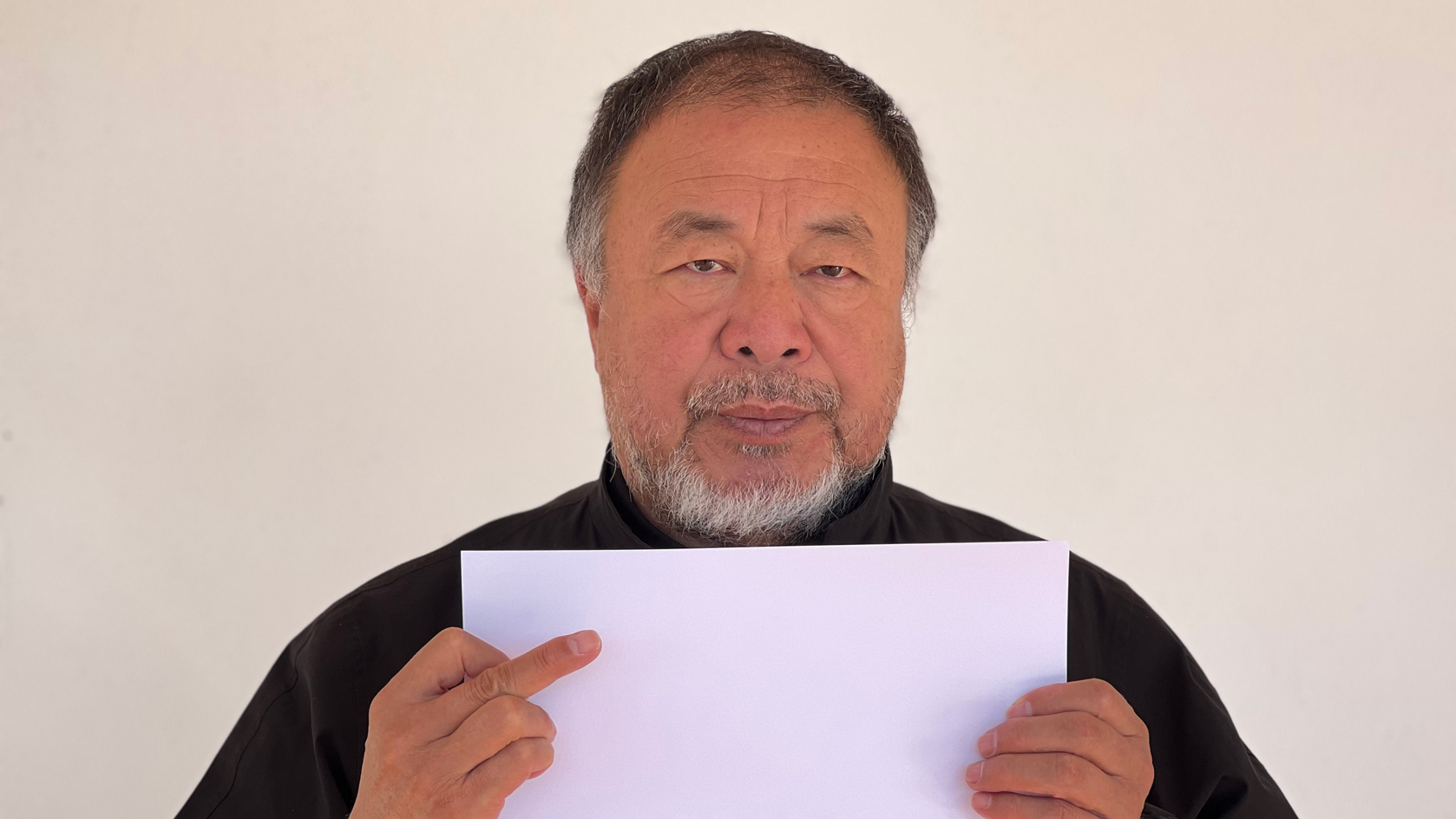 Ai Weiwei to sign blank sheets of paper with UV ink for Refugees International in London this weekend
Ai Weiwei to sign blank sheets of paper with UV ink for Refugees International in London this weekendTo mark Human Rights Day (10 December 2022), Ai Weiwei will take to Speakers' Corner in Hyde Park to sign sheets of A4 paper in UV ink, distributed free. We interview the artist to find out more
By TF Chan
-
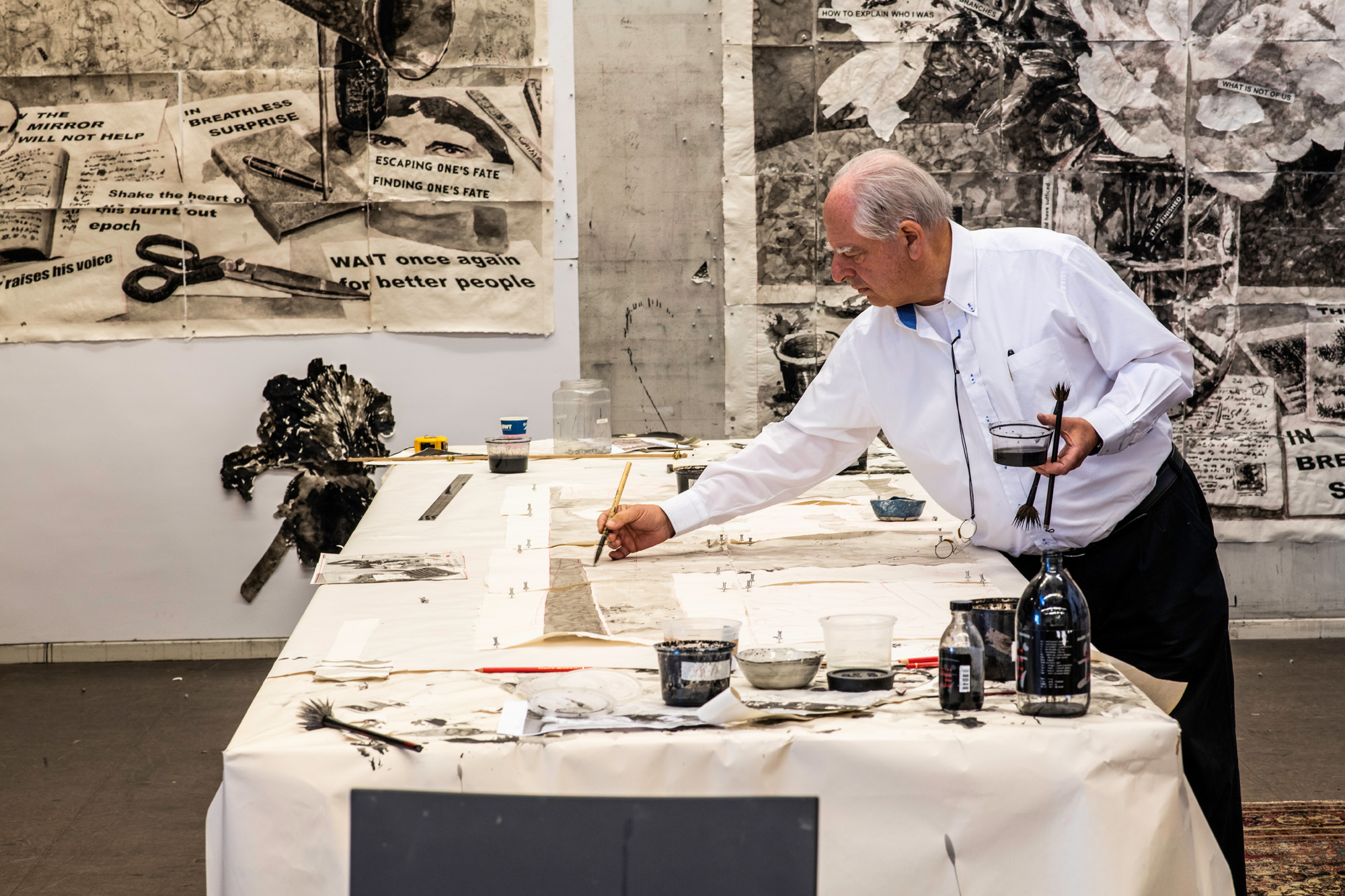 William Kentridge on failed utopias and transcending borders: ‘art must defend the uncertain’
William Kentridge on failed utopias and transcending borders: ‘art must defend the uncertain’Azu Nwagbogu profiles South African artist William Kentridge, whose show at London's Royal Academy of Arts runs until 11 December 2022
By Azu Nwagbogu
-
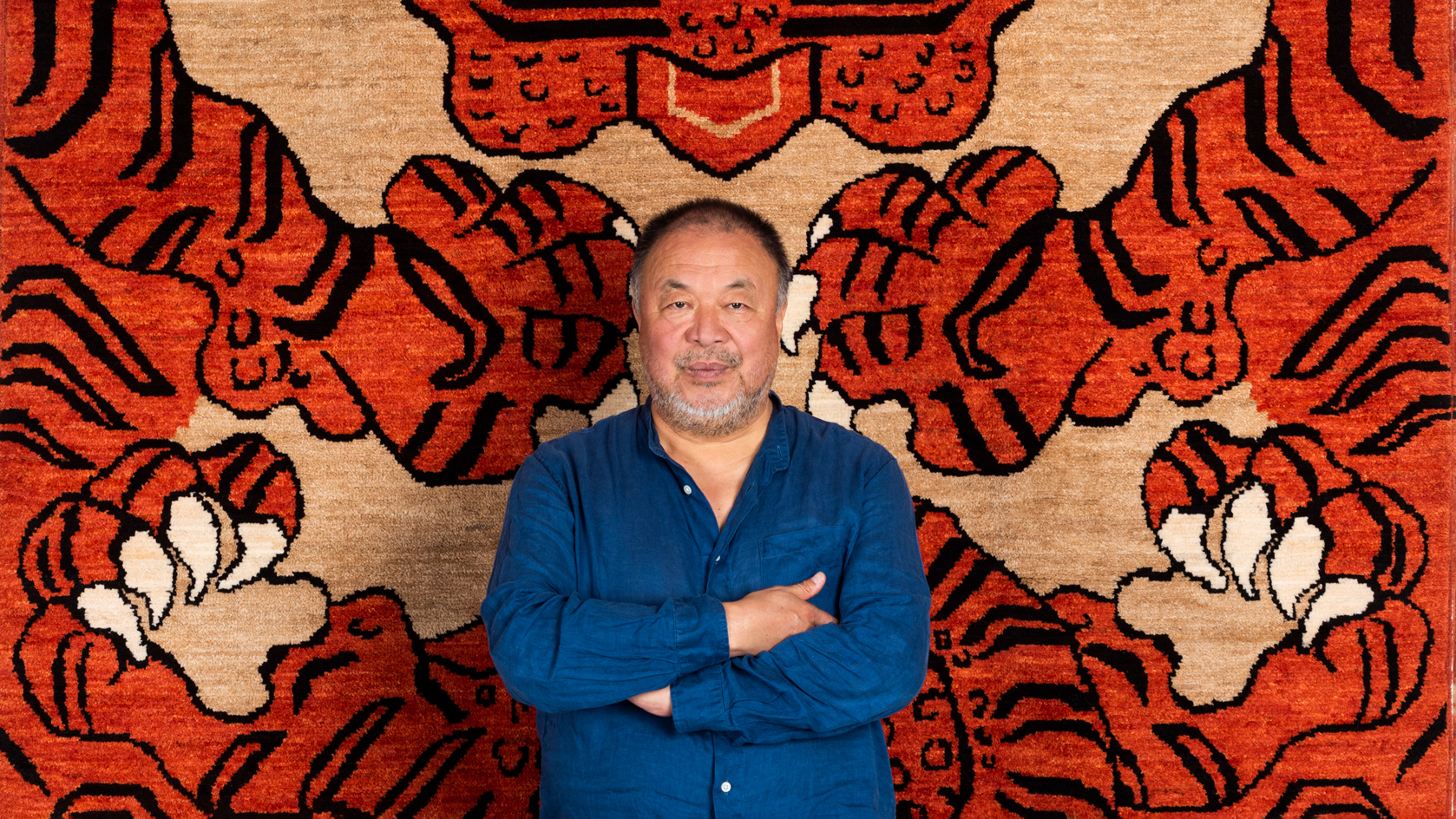 Tomorrow’s Tigers: new rugs by Ai Weiwei, Peter Doig and more set for roaring success in charity exhibition
Tomorrow’s Tigers: new rugs by Ai Weiwei, Peter Doig and more set for roaring success in charity exhibitionIncluding new designs by Ai Weiwei, Peter Doig, Kiki Smith, and Anish Kapoor, Tomorrow’s Tigers 2022 is a major fundraising project benefitting WWF
By Harriet Lloyd-Smith